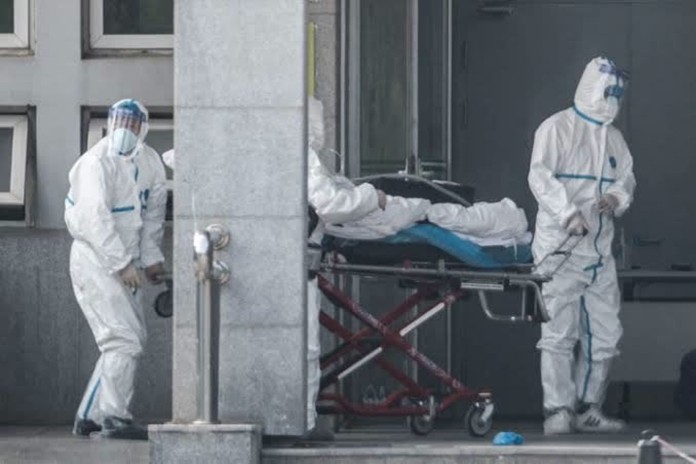
BANGKOK – The emergence of the new coronavirus was reported in December last year, with the first cases turning up at a seafood market in the city of Wuhan, China. It is less deadly than the Middle East Respiratory Syndrome (MERS) and the Severe Acute Respiratory Syndrome (SARS).
MERS’ mortality rate is 30%, while SARS’ mortality rate stands at 10%. The mortality rate of the new coronavirus is below 3%. Most of the fatalities have been in elderly patients as well as those with congenital diseases, such as brain disorders, lung cancer and diabetes. Children and people without congenital diseases have lower mortality rate.
“Take a look at the death toll now. There are almost no children. A nine-month-old baby is the youngest known patient, and the baby’s still alive. The youngest patients who died are about 30 years old. Most of them have congenital diseases, such as brain disorders, heart diseases, lung diseases, diabetes or cancer. There are patients who are over 80 years old. At first, more than half of them were over 80 years old. Many cases are 89. If you ask me, some 89-year-old people happen to fall and die. So, don’t panic about the number of fatalities. A majority of them have congenital diseases, pneumonia or influenza. Their depth of breathing is lower than normal, and there’s a possibility that they want to eliminate excess phlegm. This can pose a life-threatening risk. Most fatalities are not young people. There’s not much difference from the common influenza. If people who are 89 or 90 years old have influenza, that’s not good,” said Prof. Dr. Yong Poovorawan, Head of the Center of Excellence in Clinical Virology (CECV) , Faculty of Medicine, Chulalongkorn University.
An CECV official showed a graph to illustrate the adverse impact of the coronavirus outbreak that even if the virus can be contained, and strict measures have been taken, the outbreak may last a year, but losses will be minimized. Given the contagious nature of the virus, people will gradually become immune and the outbreak will cease. The virus will then become endemic.
“We’ll lower its peak and extend the time, right medical sector can handle this, but it’s necessary to extend the time. Make it progress slowly, so we can handle it. Even better, make it more extensive. Take all necessary steps to push the curve lower. Let it progress gradually, we’ll handle it better,” said Dr. Yong.
The country has to minimize the number of infected people for as long as possible, until the immune system can rid the body of the virus. Meanwhile, the medical sector will carry out measures to look after the patients and improve its public health facilities. Once the immune system responds to the virus, or a vaccine for the new strain has been produced, the outbreak will end. All sectors, particularly the public, must cooperate to slow down its spread.
 |
 |
 |





